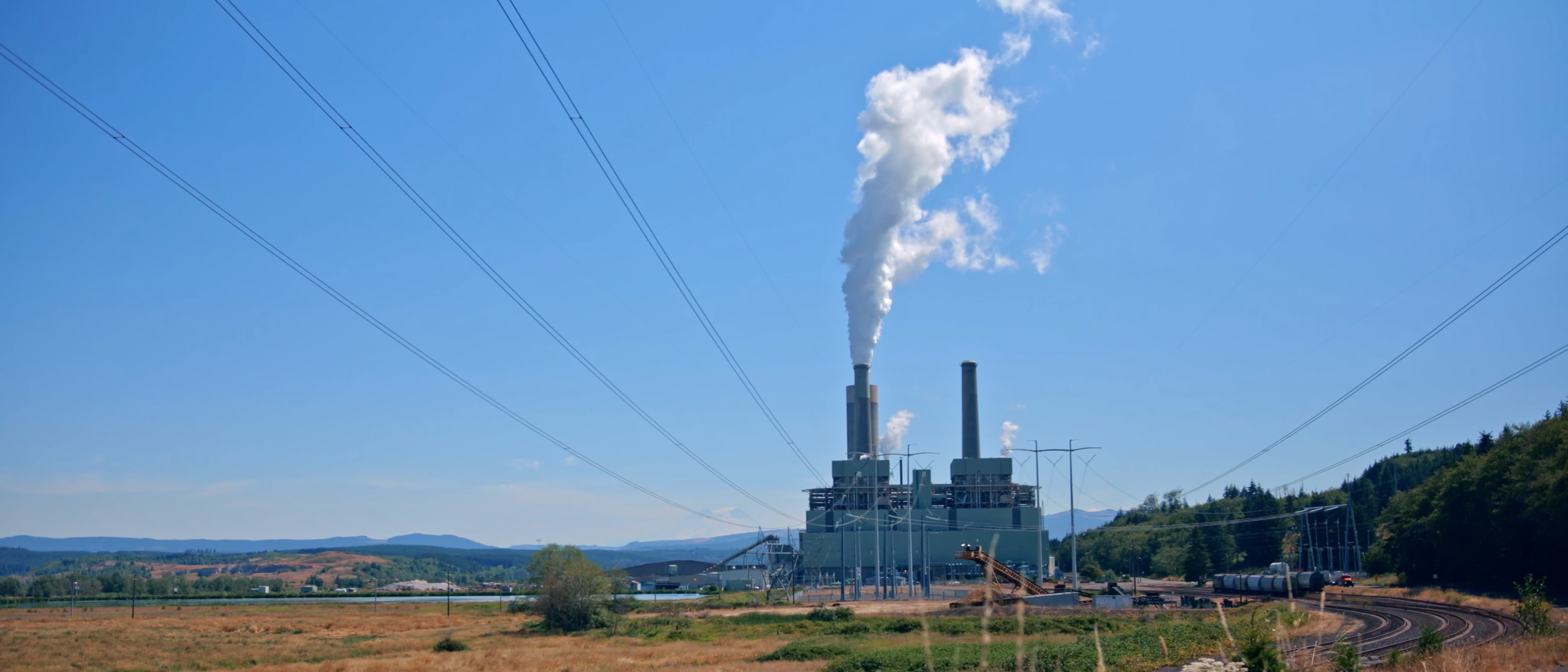Download report Download summary Download digital toolkit
If there are some industries in which immense amounts of investment can fail to produce significant increases in jobs and prosperity, might there be other industries in which comparatively small investments can deliver disproportionately large gains? If the experience of the town of Centralia, Washington and surrounding Lewis County is an indication, the answer may be yes. And that experience may be instructive for local and state policymakers in Appalachia, where communities have long been economically distressed and now face added challenges as the world and the nation transition away from fossil fuels.
Despite being located in the Pacific Northwest, Centralia has historically struggled economically. For decades the town’s largest employer was a strip mine, which employed 600 workers, and its other major private employer was a coal-fired power plant, which employed another 300. Now the mine is gone and operations at the power plant have been reduced by half as the plant works toward a planned retirement in 2025.
That scenario seemed to Centralia and Lewis County residents like a possible death sentence when it was first contemplated fifteen years ago. But, after the coal mine closed in 2006 and it was announced that the power plant would retire in 2025, the mine’s and power plant’s owner, TransAlta Corporation, struck a deal with the state of Washington and environmental groups to fund an economic transition plan to help Centralia and other areas of the state adapt to the emerging clean energy economy.
The company agreed to provide $55 million in funding over ten years, with the money going toward a Weatherization Fund, an Economic and Community Development Fund, and an Energy Technology Fund. Grants from those funds started being disbursed in 2016, and between 2016 and 2019, the following took place in the Centralia MSA:
- GDP grew at twice the rate of the nation’s.
- Jobs also grew at nearly twice the national rate.
- Wage growth exceeded the national average.
- Centralia’s and Lewis County’s populations grew faster than the national average as well.
In total during that period, Centralia added 2,800 jobs to an economy that had only 24,000 to begin with. Not bad for a place whose unemployment rate, prior to the implementation of the grants, hovered at about two-and-a-half percentage points higher than the national average for more than 25 years.
The scale of the economic turnaround in Centralia is probably too great to be solely attributable to the grant program. However, the pattern of Centralia’s economic boom strongly suggests that the grants played a significant role. As does the fact that the growth was largely organic, or “bottom up,” meaning that it’s not attributable to the arrival of one or two major new employers, because there were none.
An examination of the pattern of growth indicates the following dynamics may have enabled the Centralia Coal Transition Grants program to be unusually effective:
- The energy, energy efficiency, and education sectors in which much of the grant funding is concentrated are highly labor-intensive, creating 2-3 times as many jobs per dollar invested as the mining and utility sectors.
- Work in these highly labor-intensive sectors tends to be performed by local suppliers and contractors—HVAC, door and window, lighting, and insulating, among others—so most of the subsequent activity occurs within the local economy.
- The grants program is highly efficient because it leverages existing businesses and programs such as the Lewis County Public Utilities District’s energy efficiency program.
- The grants stimulate additional private investment, which compounds their impact. Many of the Centralia Coal Transition Fund’s energy efficiency and clean energy grants either trigger or require co-funding by recipients.
- The grants are annuity-producing because they lower monthly utility bills, which becomes added disposable income for residents and a source of additional spending within the local economy. They also reduce the need for investment in expensive new power plants, which saves ratepayers even more money.
- The impacts are immediate. In contrast to most economic development strategies, which depend on the dice coming up right sometime in the future, investments like those made in Centralia begin generating jobs and start yielding other economic benefits more or less immediately. As a staffer at the NW Energy Coalition, one of the parties to the Centralia agreement put it, energy efficiency is always “shovel-ready.”
- Finally, the energy efficiency upgrades being made in Centralia result in safer, more comfortable living and workspaces that reduce absenteeism and healthcare costs and enhance residents’ quality of life—results that are attractive both to prospective residents and employers.
These characteristics—high jobs-intensity, engagement of local businesses and resources, the leveraging of existing programs and institutions, the production of annuity benefits and increased disposable income, and the enhancement of quality of life—are ones that should be replicable in other small and rural communities whose economies are anemic and are in need of economic development strategies that are affordable, sustainable, and effective.

